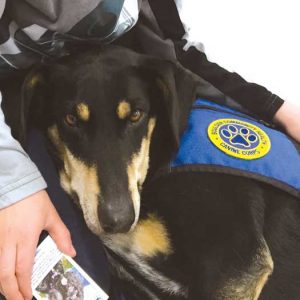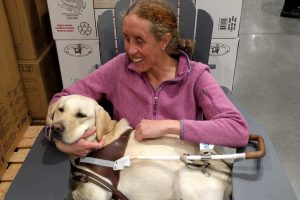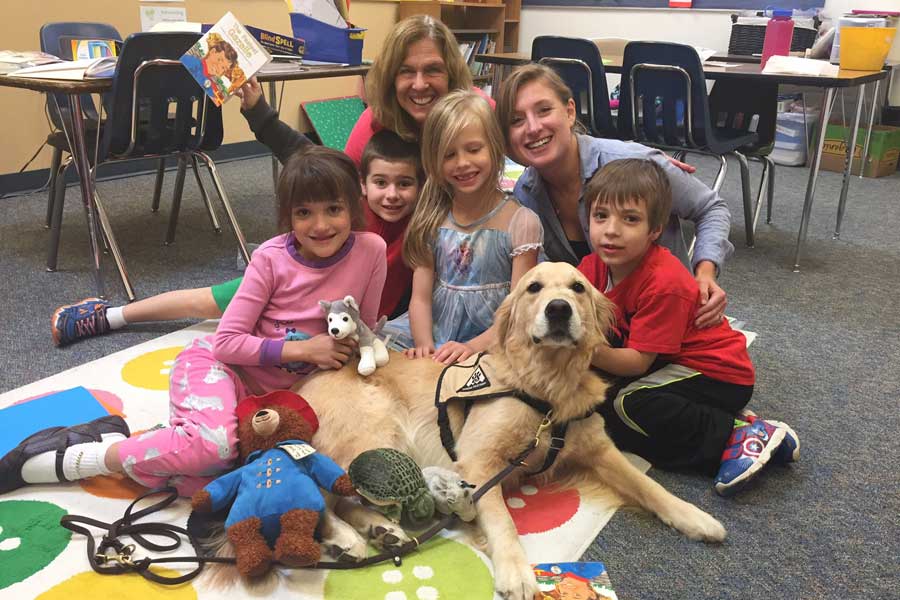Dogs with Jobs: Some Boulder County canines provide more than companionship
01 Jun 2018
Service dogs and therapy animals are specially trained for their jobs
By Kate Jonuska Some dogs go on walks or hikes. A few pups perform tricks, like shaking hands. Others lead a different kind of dog’s life: Lotus helps her visually impaired owner navigate. Lemon makes school more fun and relaxing for children with autism. Buster helps his law-enforcement handler search for illicit drugs.
We talked to a few Boulder County folks about their dogs and the important work they do:
Buster

Spirit

Fritz

Lotus

Lemon













